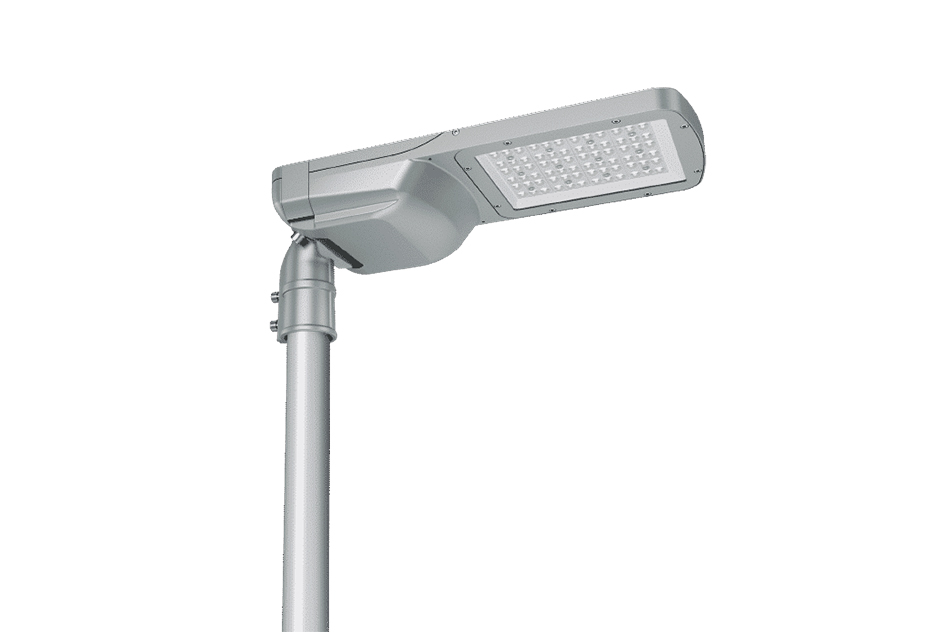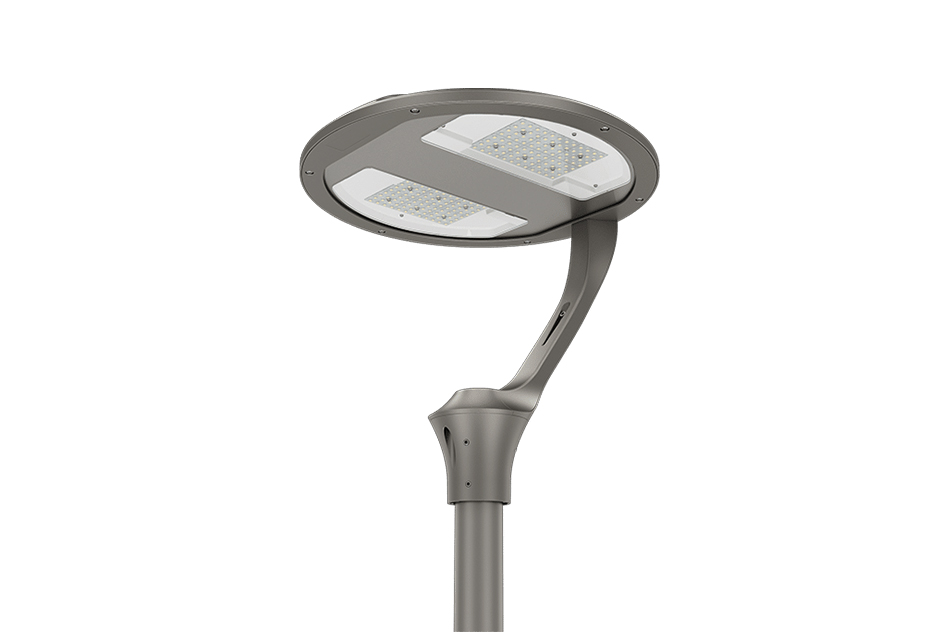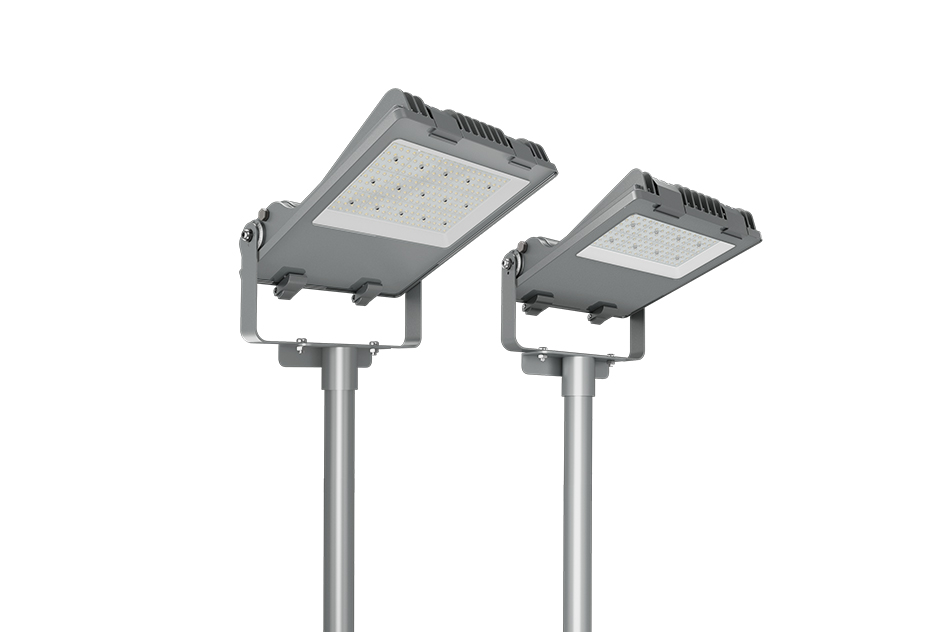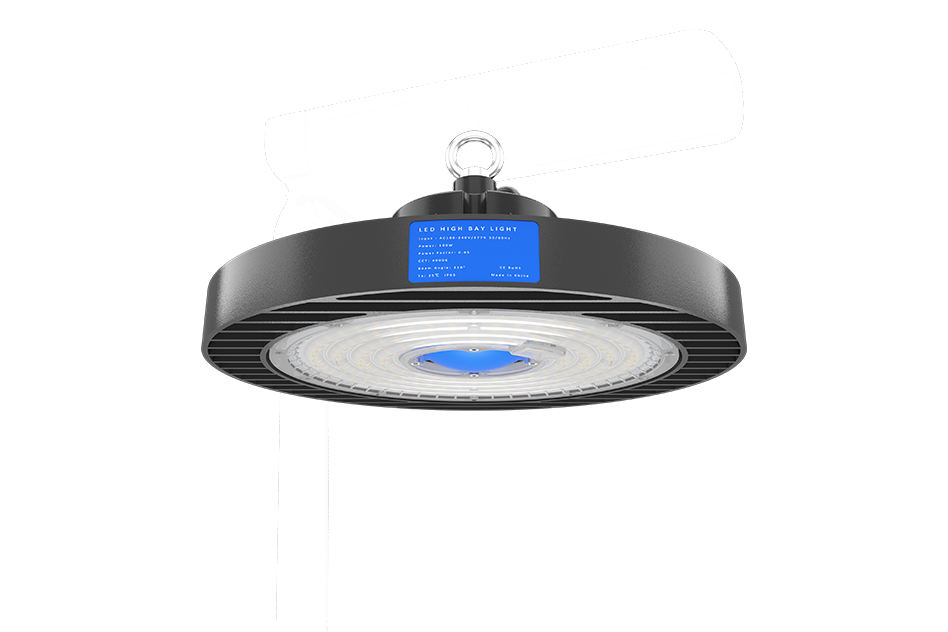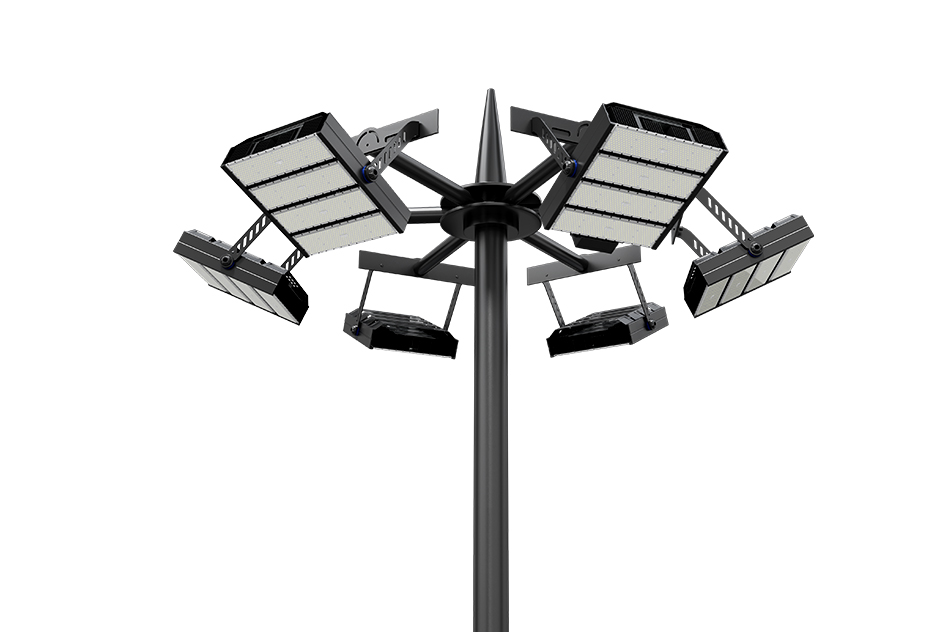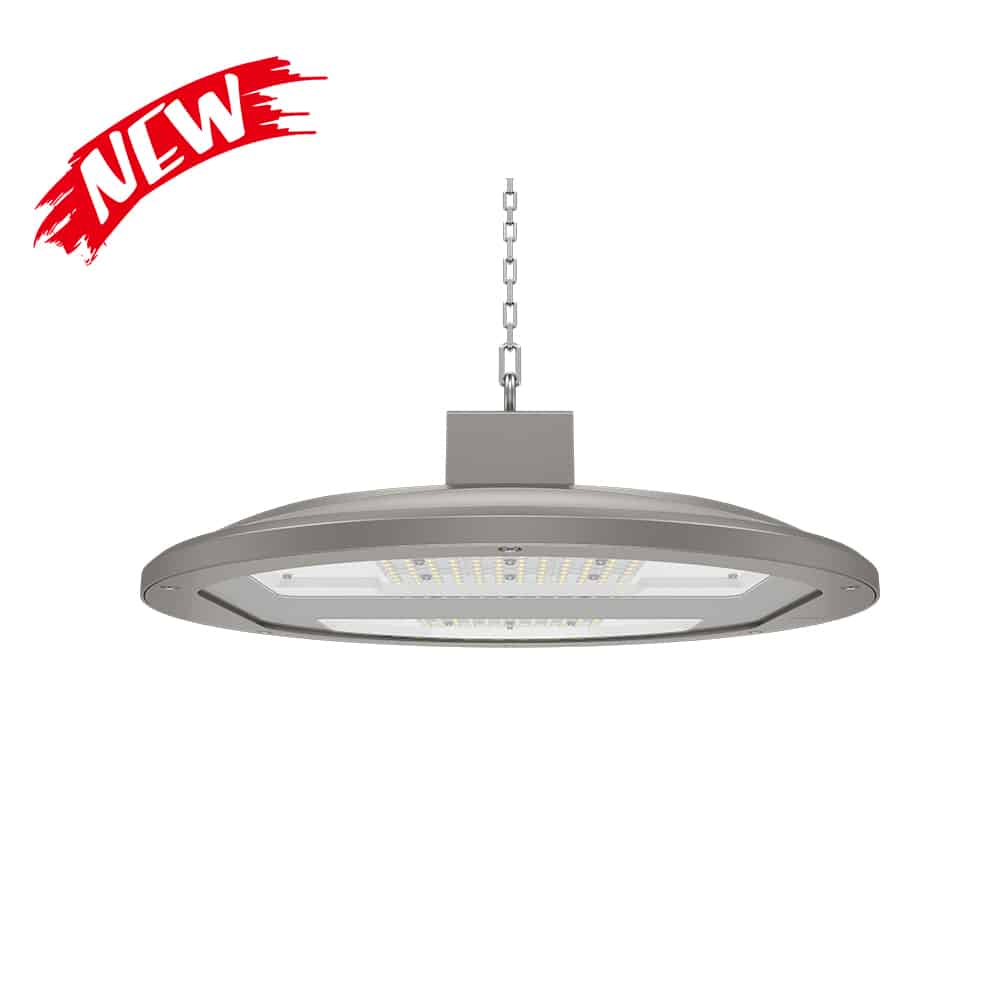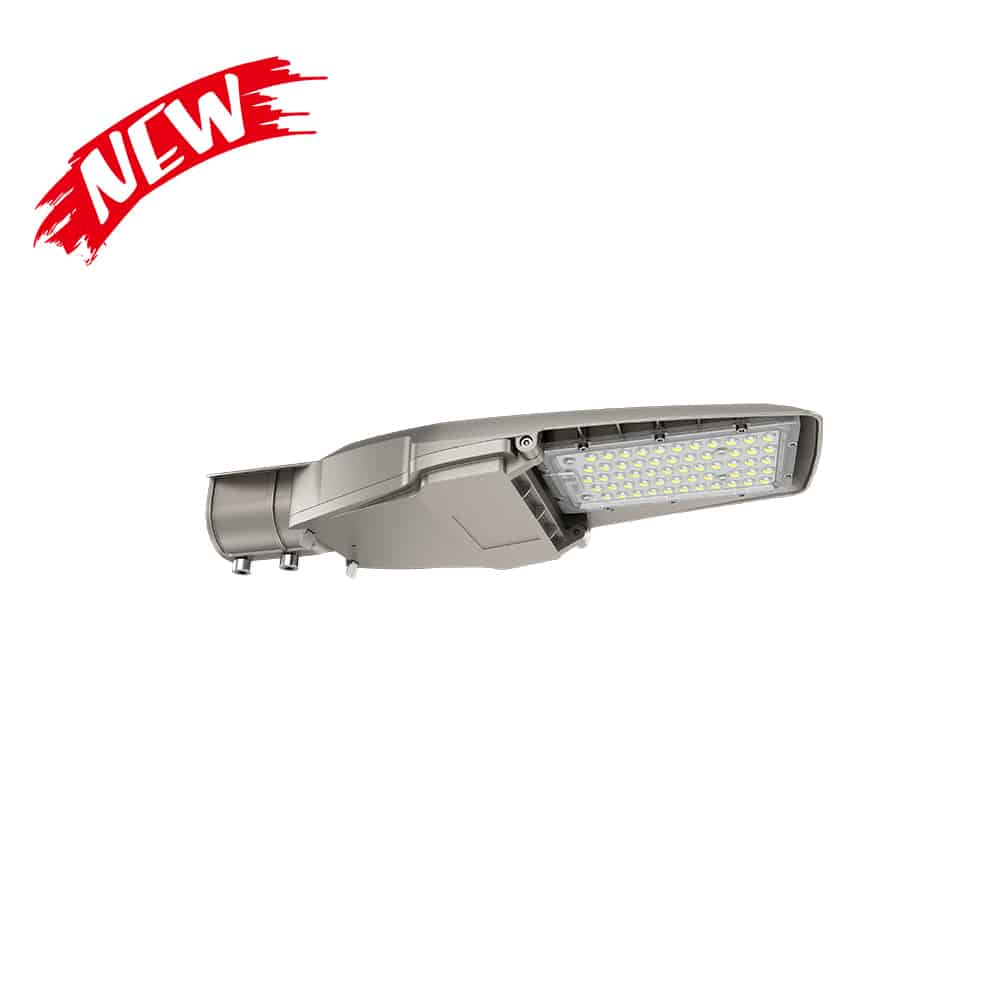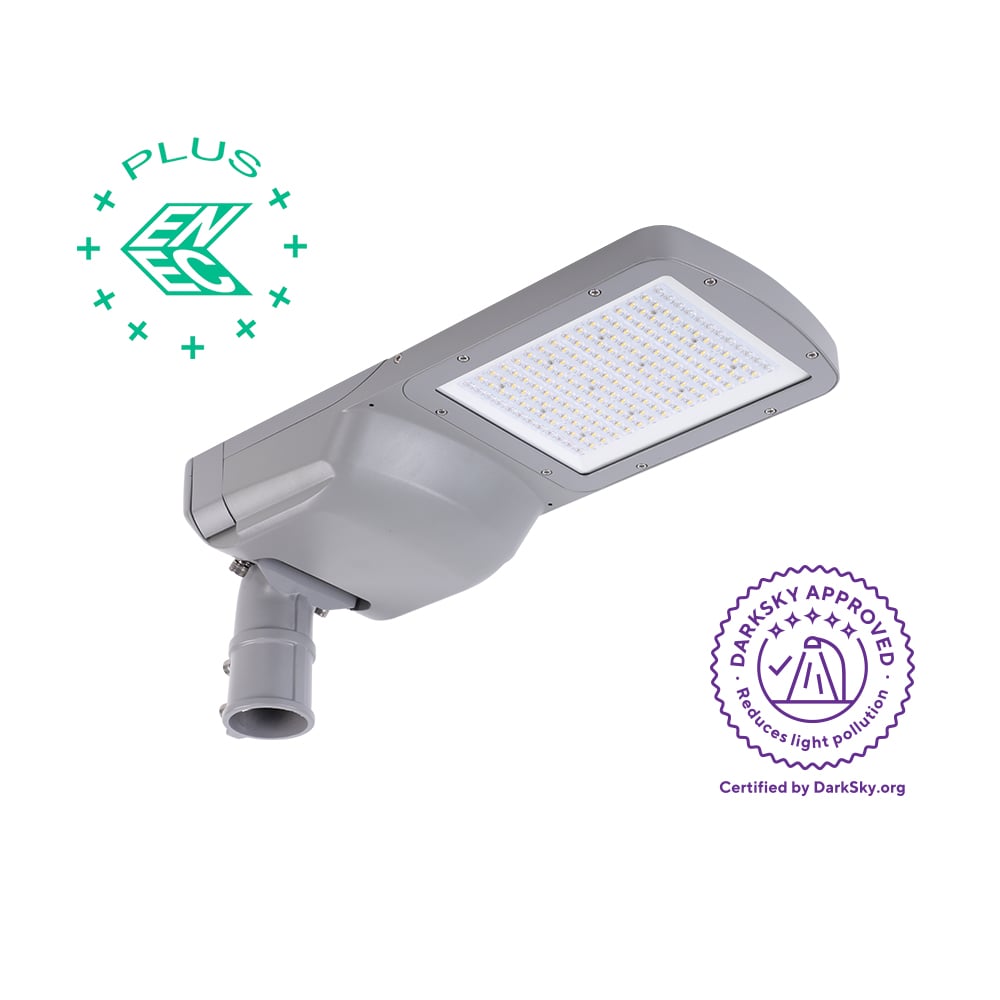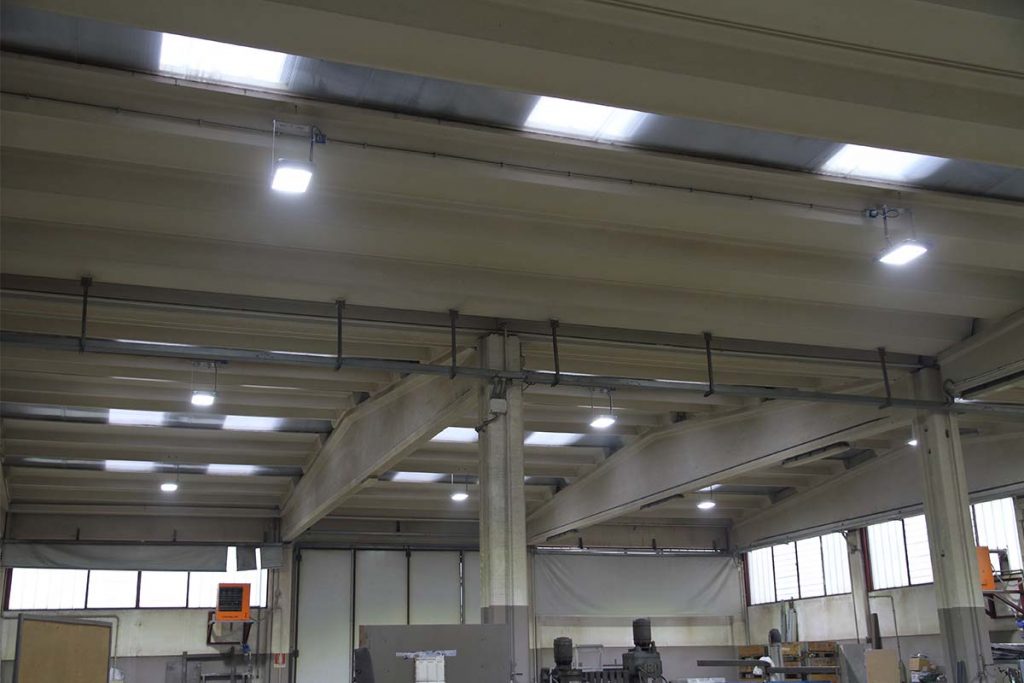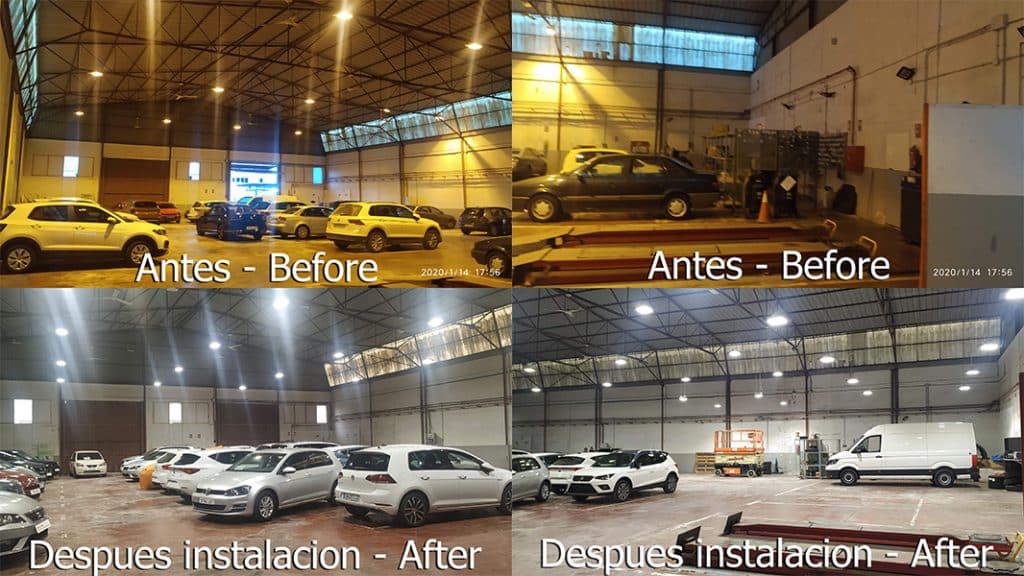Isolated and non-isolated LED driver, what’s the difference?
Isolated and non-isolated LED driver, what’s the difference?
Introduction
LED drivers are a critical component of lighting equipment, significantly impacting the device’s lifespan, performance, and energy efficiency. In LED indoor and outdoor lighting applications, drivers primarily come in two forms: isolated and non-isolated LED drivers. As the name suggests, non-isolated drivers lack electrical safety isolation between their input and output. This design is simpler, requiring fewer components, thereby achieving ultra-high efficiency (What’s luminous efficacy and how to improve it?), reduced heat generation, and a compact form factor. In isolated power supplies, there is no direct electrical connection between the input and output circuits (i.e., electrical isolation is present), and the input and output are in an insulated high-impedance state. This article will explore the key differences between isolated and non-isolated drivers in terms of design, performance, and safety. Additionally, we will discuss how to select the appropriate driver for your project based on application requirements, cost-benefit analysis, and system compatibility.
What’s isolated and non-isolated LED driver?
The isolation barrier between dangerous AC power and personnel or other circuits is referred to as electrical isolation, which is a unique feature when discussing isolated and non-isolated LED drivers. In the LED driver field, “isolation” refers to the presence of electrical isolation between the input circuit and output circuit of the LED driver, which is typically achieved through a transformer. This “isolation” prevents users from accidentally coming into contact with live power sources and prevents circuit short circuits or sparks. Thus, we know that one of the primary purposes of electrical isolation is to prevent electric shock and fires, and secondly, it also protects sensitive components (such as 0-10V dimming circuits – more about 0-10V dimming) from high-voltage surges.

What’s isolated LED driver?
In LED driver designs, electrical isolation is often achieved through the use of a transformer. A transformer consists of at least two inductors and an iron core, transferring energy through electromagnetic induction rather than direct electrical connection. The transformer’s primary winding receives a high-voltage 110/220 volt AC power source, while the secondary winding outputs a low-voltage AC power source, which is converted to a DC output for the LED chips. Because the transformer’s primary coil receives a high voltage, while the secondary coil only receives the output low-voltage AC voltage, and because the primary and secondary coils are not directly connected, this type of driver is called an isolated driver. This is somewhat similar to how mobile phones are wirelessly charged.
What’s non-isolated LED driver?
Non-isolated LED drivers lack the electrical isolation of isolated power supplies. Instead of using a transformer for isolation, non-isolated drivers connect the input and output directly electrically. They typically employ a buck, boost, or buck-boost converter topology to regulate the LED driver’s output voltage and current (How to calculate the right output to power LEDs?). The absence of a transformer allows for higher efficiency, smaller size, and lower cost, making them suitable for a wide range of applications. However, this also presents safety concerns, as the lack of a transformer in non-isolated circuits makes LEDs more susceptible to damage from AC mains surges, which can be caused by load switching transients or interference on the primary side.
Isolated drivers typically employ isolated topologies (such as flyback and forward circuits), while non-isolated drivers typically use topologies such as buck and boost. As shown in the circuit diagram below, non-isolated drivers use a single inductor instead of a power transformer, eliminating the need for an optocoupler (for electrical isolation) in the feedback circuit between the primary and secondary sides.
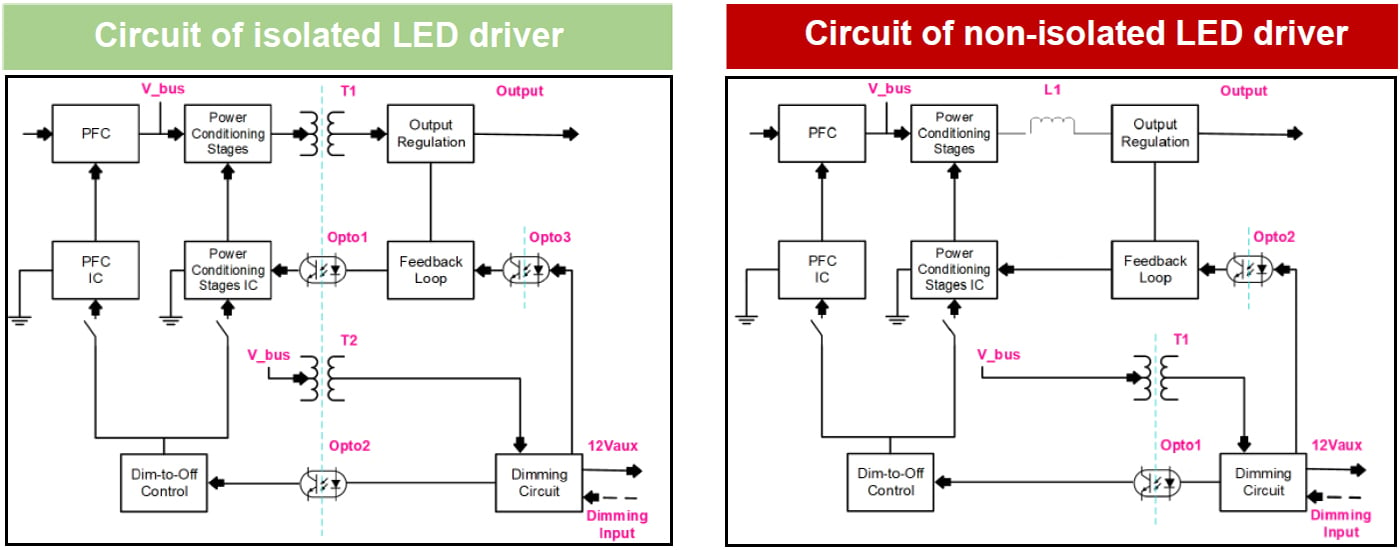
More details about isolated and non-isolated LED driver
Let-through Voltage
Surges, sudden voltage fluctuations, and other “dirty power” are common in power distribution systems. Typically, surge protectors in LED luminaires and SPDs built into LED drivers protect the luminaires from these effects. However, even when the surge protector is working, some voltage still flows downstream to protective circuits (such as the LED module in an LED streetlight). This voltage is called the let-through voltage. An SPD (Surge protection device for LED lighting) is like a dam, while the let-through voltage is like the overflowing water after the dam has blocked a flood. Due to the structural differences between isolated and non-isolated LED drivers, the latter’s let-through voltage is more likely to propagate downstream (on the aluminum substrate). Therefore, the aluminum substrate must have excellent voltage withstand capability to withstand the voltage between the input and output terminals. If a component in a non-isolated LED driver fails, this let-through voltage is also more likely to propagate to the secondary circuit, while isolated LED driver cannot. Because of this difference between isolated and non-isolated LED drivers, the aluminum substrate’s voltage withstand capability should be greater than or equal to 3kVac to ensure power supply stability and safety.
Afterglow
Afterglow refers to the phenomenon in which an LED lamp continues to emit a faint light after the power is turned off. As long as there is a physical connection to the AC signal, the LED driver will generate residual AC voltage and leakage current. Luminaires with non-isolated drivers, where the LED chips are directly connected to the mains, experience even higher residual voltages. When this residual voltage exceeds the LED’s minimum conduction voltage (threshold voltage), leakage current can cause the LED to dim. This phenomenon is more common in some indoor lamps because, in addition to using non-isolated power supplies, they often use dimmers to shut down the lamp rather than simply disconnecting the power supply, making afterglow more pronounced.
Lifetime
Isolated LED drivers require electrical isolation through isolation components such as inductors and optocouplers, which inherently carry additional failure risks. Compared to isolated power supplies, non-isolated power supplies lack these components, which can extend their lifespan to a certain extent. However, due to the lack of electrical isolation, improper design can lead to high voltage and surges at the input, potentially damaging the LED module, thus shortening the lifespan of the luminaire (Lifetime of LED light and how it’s calculated). LED driver manufacturers have also compared the lifespans of isolated and non-isolated LED drivers, as shown in the figure below. While the MTBFs differ significantly, the lifetimes are generally consistent. They analyze that the higher energy density and higher power efficiency of non-isolated power supplies result in their actual Tc temperatures being similar to those of isolated power supplies, leading to similar lifespans. However, a more conventional view holds that isolated power supplies have a longer lifespan, likely considering the overall system lifespan.

Impact to luminaire design
When selecting a isolated and non-isolated LED driver, safety is always one of the primary considerations. First, the power supply must provide adequate safety features. Second, the luminaire’s fire and electric shock protection features must be considered. Like LED drivers, luminaire design also incorporates electrical isolation, but design requirements vary depending on the LED board configuration and the type of LED driver used. If a non-isolated driver is used, ZGSM recommends ensuring good grounding, and ensuring creepage and clearance distances meet applicable regulations to prevent fires. We will explain each of these below.
Preventing electric shock
UL (Underwriters Laboratories) has distinct design requirements for different LED drivers. For example, UL considers isolated LED drivers that comply with UL Class 2 and non-Class 2 (but with output less than 60V) to be highly safe and pose little risk of electric shock, and therefore has no requirements for the LED board or grounding. However, UL requires that the LED board be grounded when using non-isolated LED drivers that comply with UL Class 2 (Class 2 or Class II) and non-Class 2 (but with output less than 60V). However, solutions using UL non-Class 2 with output greater than 60V have higher requirements for both the LED board and grounding. ZGSM believes that non-isolated power supplies are generally safe and feasible, provided that the system ground connection is ensured and only trained electrical personnel interact with the luminaire (always disconnecting the power supply before any contact).
Creepage distances and clearances
When using a non-isolated LED driver, high voltage may appear at the output due to component failure or power surges. Therefore, the aluminum substrate (PCB board) must have excellent voltage resistance to withstand the voltage between the input and output terminals. As a rule of thumb, the aluminum substrate’s voltage resistance should be greater than or equal to 3kVac to ensure system stability and reliability. UL and other standards require that non-isolated LED drivers require greater clearance and creepage distances to prevent electrical fires or component failures caused by electrical short circuits or arcing. Creepage distance is the shortest distance between two conductive but isolated points along the surface of a component or printed circuit board. It also measures the distance between the shortest conductive point and a grounded or accessible metal part. Clearance distance is the distance between the same points but measured through air and is either the same as or less than the creepage distance. For example, the 60598-1 standard (About certification standard of LED lighting) has significant differences in clearance and creepage distance requirements for isolated and non-isolated power supplies. SELV compliance requires that non-isolated power supplies be designed with clearance greater than 1.5mm and isolation greater than 2.8mm. However, there are no restrictions for isolated LED drivers.
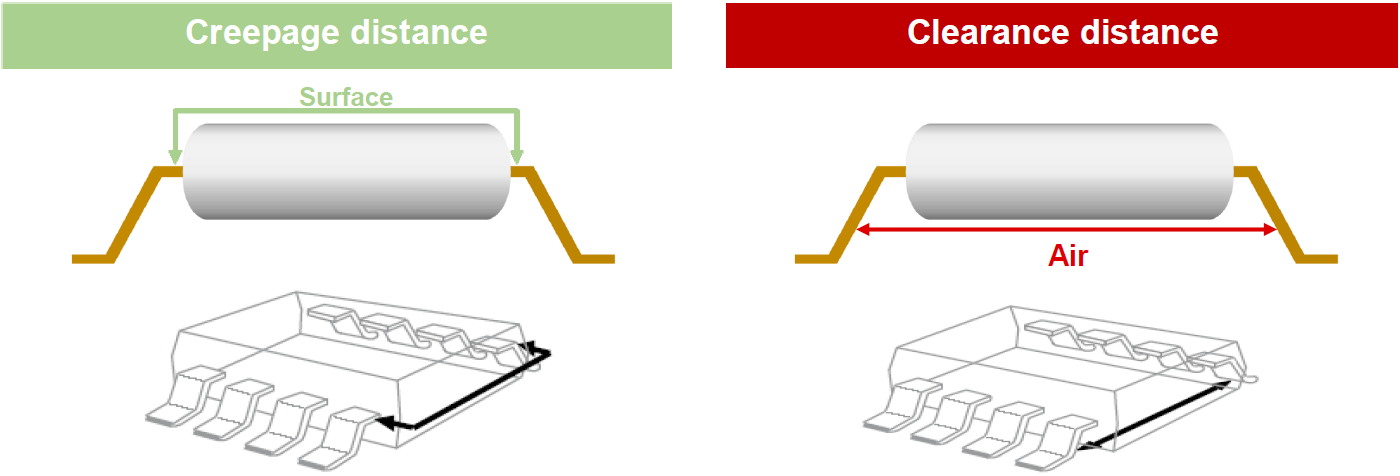
Connector Selection
For non-isolated drivers, selecting reliable, high-quality connectors is crucial to ensure safety. These connections include grounding and the power supply output. Since non-isolated LED drivers lack electrical isolation between the input and output (LED driver‘s input and output), an insulation failure could result in high voltage at the output. In this situation, a reliable ground connection is the only effective way to prevent electric shock. A reliable ground connection can divert fault current to earth, triggering a circuit breaker (or a residual current device), and avoiding the risk of electric shock. Therefore, reliable terminal blocks (such as screw terminals) and tinned wires should be used throughout the life of the installation to prevent breakage caused by vibration and corrosion. Similarly, reliable connectors should be used at the output to withstand potential interference from vibration, strong winds, and other factors encountered in applications such as streetlights and stadium lighting (ZGSM sports lighting solutions). This prevents arcing caused by poor contact and can lead to fires.
Are non-isolated drivers right for you?
Non-isolated drivers are typically housed in plastic enclosures and are generally used indoors by manufacturers, maintained under the supervision of trained personnel (and always in strict compliance with safety regulations). They have been widely adopted in indoor offices, shopping malls, and parking lots, and have since been gradually applied to high bay lights. In recent years, they have begun to be used in outdoor settings, with typical applications including road lighting (Different street lights and their applications) and sports field lighting. ZGSM initially had reservations about this type of application, but after extensive discussion and validation, it was concluded that while it introduces some uncertainty, its advantages clearly outweigh the risks. The suitability of non-isolated power supplies depends on three core conditions: first, reliable grounding; second, installation and maintenance must be performed by professionals; and third, using non-isolated power supplies offers better cost-effectiveness when safety is ensured. Below are ZGSM’s streetlights, sports field lights, and factory lights, which are equipped with isolated or non-isolated LED drivers. Click on the corresponding images to learn more.
Summary
This article provides an in-depth exploration of the key differences between isolated and non-isolated LED drivers, including their operating principles, safety features, and impact on lighting fixture design. Isolated drivers achieve electrical isolation between input and output through a transformer, effectively preventing electric shock risks and protecting sensitive circuits. Non-isolated drivers omit the transformer, directly stepping down the voltage for power supply, offering advantages such as high efficiency, compact size, and low cost. However, they pose potential leakage risks and rely on proper grounding and insulation design. The article further analyzes the differences between isolated and non-isolated LED drivers in terms of let-through voltage and afterglow effects, and compares their service life. In terms of lighting fixture design, non-isolated solutions must comply with strict creepage distance and clearance standards, and they rely more heavily on reliable grounding connections. Additionally, the selection of connectors is also critical. Ultimately, the choice between isolated and non-isolated drivers must balance safety, cost (Street light cost), and existing fixture design. ZGSM believes that with technological advancements, non-isolated drivers will increasingly be adopted in outdoor applications such as road lighting and stadium lighting, and we welcome inquiries about our related products.
Related Products
Related Blogs
Related Cases
People also ask
Author introduction

Hello Customers,
My name is Taylor Gong, I’m the product manager of ZGSM Tech. I have been in the LED lights industry for more than 13 years. Good at lighting design, street light system configuration, and bidding technology support. Feel free to contact us. I’m happy to provide you with the best service and products.
Email: [email protected] | WhatsApp: +8615068758483

